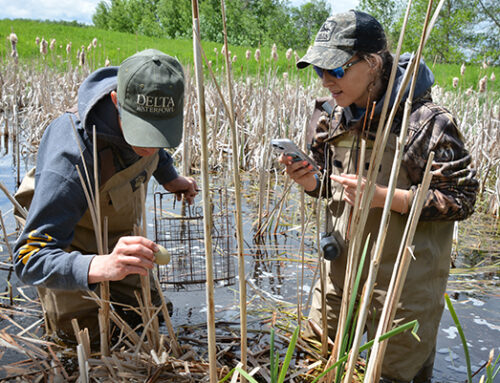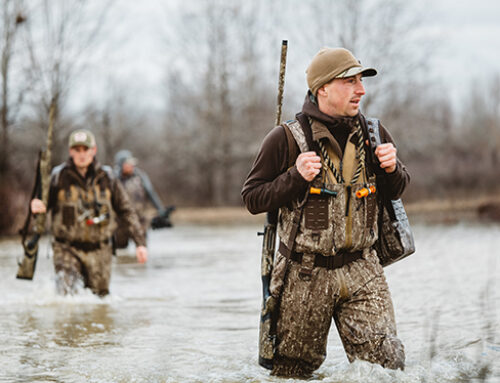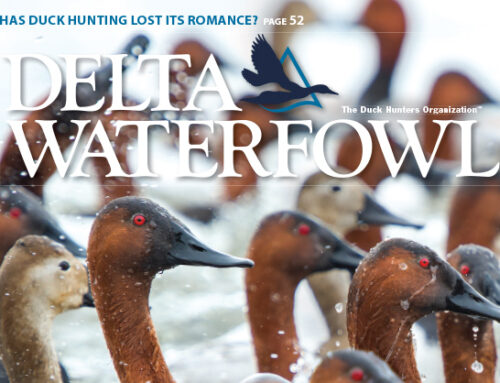Attention Goose Hunters

Goose populations remain abundant, and average production this spring should lead to a strong fall flight, according to the U.S. Fish and Wildlife Service’s 2016 Waterfowl Population Status report. Overall, most populations of light and dark geese are comparable to or slightly higher than 2015 surveys.
An early snow melt in Alaska and the western Arctic resulted in good to excellent nesting conditions for lesser Canada geese, specklebellies, Ross’s geese and other waterfowl populations. Breeding conditions across the remainder of the continent were largely average.
Canada goose hunters can expect a good fall flight in most regions. Atlantic population Canadas increased 19 percent, and the Atlantic Flyway resident goose population remains stable, which bodes well for waterfowlers in New York, Pennsylvania and the Chesapeake’s Eastern Shore.
The breeding population of Mississippi Flyway giants — a prolific resident flock — decreased 6 percent. However, good to excellent breeding conditions occurred throughout most of its range, especially in southern Ontario, Manitoba, Indiana and Michigan. Conditions were poor in Ohio.
While breeding conditions for Central Flyway Canada geese were fair to poor, the Western Prairie and Great Plains population remains one of the continent’s largest and fastest-growing flocks. This year’s breeding population estimate of 1.85 million is a 25 percent increase over 2015. That should excite waterfowlers from Saskatchewan to Oklahoma.
The Pacific Flyway’s dark goose forecast is a mixed bag. Dry conditions likely hindered production for populations nesting in the United States, British Columbia and Alberta. However, breeding conditions in Alaska and the western Arctic were excellent, which should lead to a good fall flight of northern nesters such as cacklers.
Despite efforts to curb booming snow goose flocks, key populations continue to rise. After a rare population decrease in 2015, the massive mid-continent population of light geese — which includes both snows and Ross’s — is up 5 percent. A breeding population of 3.45 million geese will bolster fall flights to eastern Texas, Louisiana and Arkansas.
Greater snow goose hunters from New Jersey to North Carolina should enjoy a good fall flight, as the breeding population climbed 12 percent to 915,000 birds.
There’s great news for California specklebelly hunters: The Pacific population of white-fronted geese is up 43 percent to 685,500 birds, and nesting conditions across Alaska’s Yukon-Kuskokwim Delta were excellent this spring.
Farther east, a fall 2015 survey of mid-continent specklebellies indicated 977,100 geese, a 3 percent decrease. However, the population remains strong, having increased about 4 percent annually during the past decade. Average to above-average breeding conditions should lead to strong flights for Arkansas and Louisiana.
There’s finally good news to report for the struggling Atlantic brant population. The 2016 mid-winter survey noted 157,900 birds, a 42 percent increase. Production continues to be an issue for Atlantic brant, but biologists report average nesting conditions across their range and strong early nest success in northern Hudson Bay.
Pacific brant also increased, expanding 3 percent to 140,000. Good to excellent breeding conditions in Alaska and the western Arctic should also boost the fall flight.






Leave A Comment